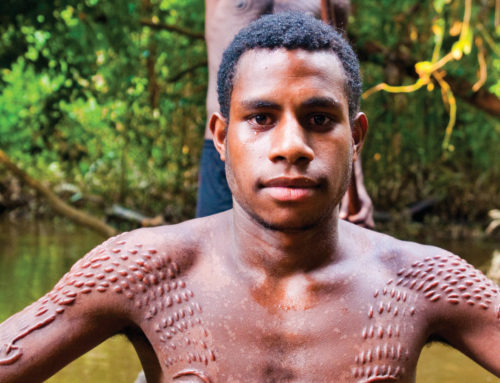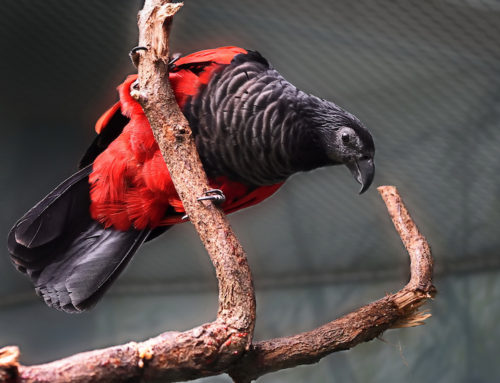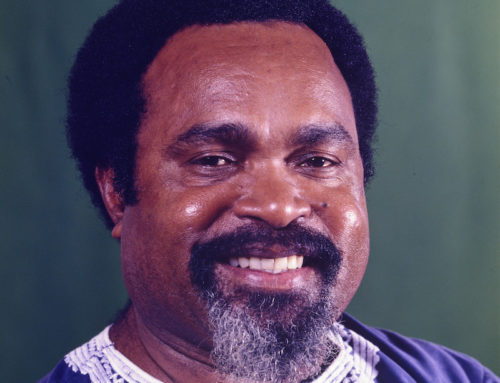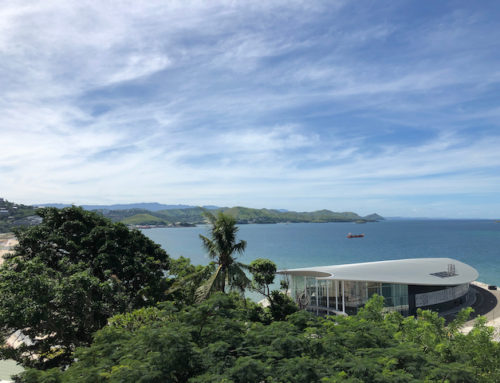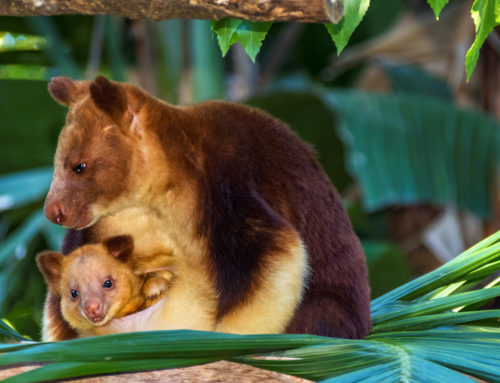Get Hot and Steamy At Mt Tavurvur
19th August 2016
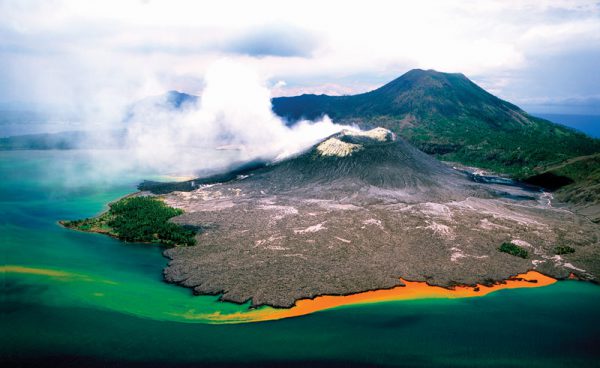
One of the greatest thrills in life is to watch Mother Nature in her full force. Some like to chase tornados, others battle the wild seas. In Papua New Guinea you can get up close and personal with something a little more unpredictable. Rumbling and groaning at the tip of the island of New Britain is Mt Tavurvur, an active volcano showing her presence with past catastrophic eruptions and regular throws of grey-black ash into the brilliant blue skies. Despite this, hundreds of people from all over the world come to witness the incredible scenery that Mt Tavurvur has to offer.
Tavurvur is a strato volcano built up of many layers of hardened lava, tephra, pumice and volcanic ash and is of similar form to the historical Mt Vesuvius in Pompeii that erupted in 79 AD. It is a sub-vent of the Rabaul Caldera which was formed over 1,600 years ago from a massive explosion of gas, ash and lava. This explosion formed the Gazelle Peninsula at which the Caldera now sits at the tip.
In 1937 the simmering pressure beneath Tavurvur finally gave way and erupted simultaneously with its twin peak Mt Vulcan. After this eruption the Volcano Observatory was built and is used to this day to carefully watch and document the activity surrounding the sea of lava, boiling like molten soup, beneath the hot rock.
Thanks to the observatory, most of the villagers of ‘Old Rabaul’ were prepared for the gigantic eruption that occurred in 1994 and were able to evacuate safely. Ash, rock and lava spewed from the twin peaks again, covering Old Rabaul with layers upon layers of volcanic debris and turning their once thriving village into an eerie dwelling of abandoned relics and destroyed homes. It erupted again in 2006 and in 2014 but without the devastating effects of the 1994 explosions. While the mountain is completely unpredictable, it is estimated that the next big eruption will be in the 2050s.
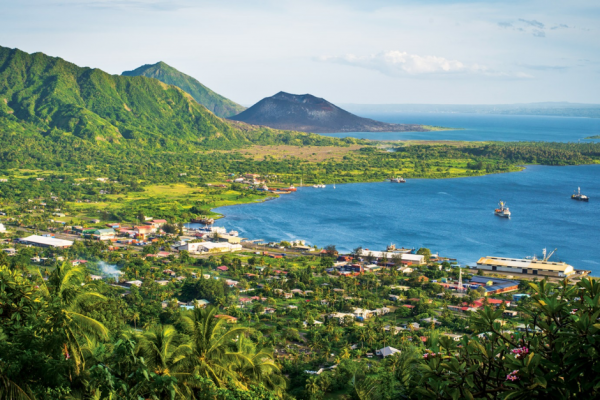
The new Rabaul lies on the edge of the Caldera in Kokopo and is a popular destination for snorkelling, scuba diving, spectacular harbour scenery, experiencing the vibrant culture of the Tolai people and of course, its mighty volcanos. Visitors seeking a mountain trek can climb dormant volcano Rabaul Nakaia. From the base you can expect to be walking for around 30 minutes. It is best to leave early in the morning as it gets very hot later in the day. Dive and Tours Rabaul offers fun-filled excursions where you can visit hot springs, hike Rabaul Nakaia, get a dose of retail therapy at the Rabaul market, and visit the Japanese Peace Memorial, plus many more exciting sites and cultural experiences to feast your eyes upon.
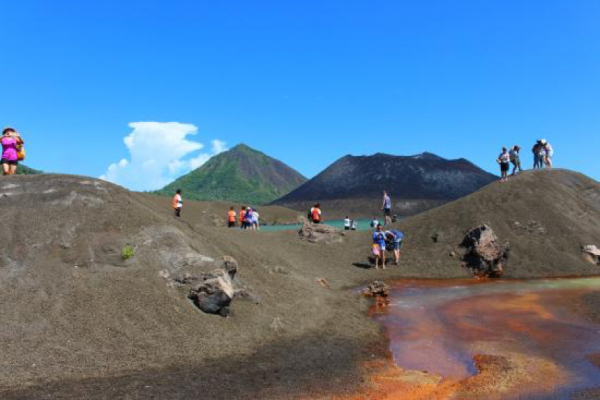
Paga Hill Estate cannot boast enough about visiting East New Britain and Mt Tavurvur. The idea of being able to experience raw natural beauty in the form of an active volcano to then immerse yourself in WWII history and amazing markets is very appealing. We suggest finishing the day with a relaxing boat ride in the harbour where you can look back to the smoky volcanos and feel as if you have stepped back in time to a prehistoric paradise.
Paga Hill Estate is a world class master planned estate in the heart of Port Moresby, Papua New Guinea. The waterfront site is the first comprehensively planned multi-use development in Papua New Guinea to be enjoyed by both residents and visitors alike. The all-inclusive development will include vibrant public spaces and waterfront promenade, luxury hotels, residential apartments, restaurants, retail, commercial space, a Trade, Exhibition & Cultural Centre, restoration of WWII relics, marina precinct and a nearby international cruise liner terminal.

